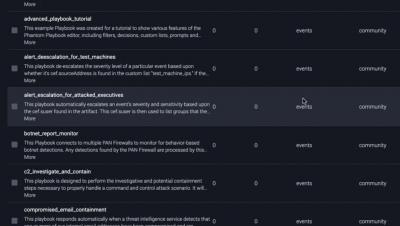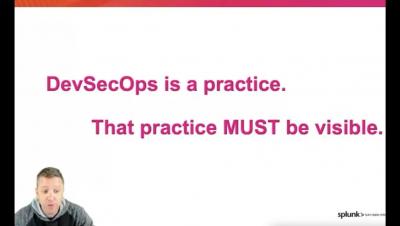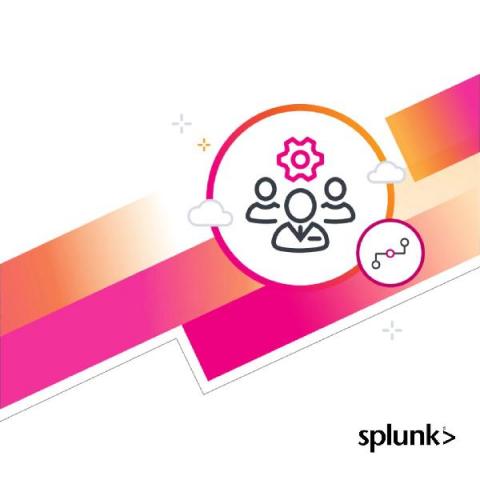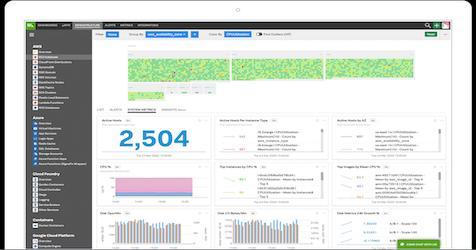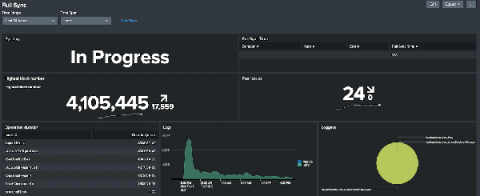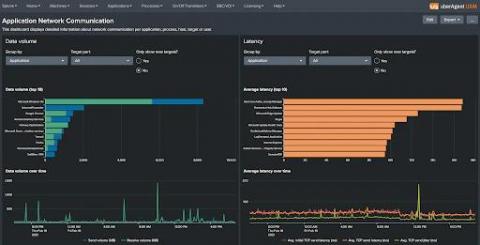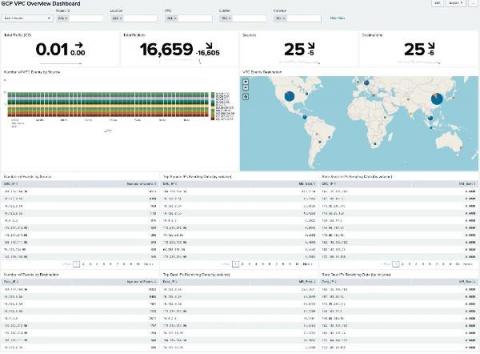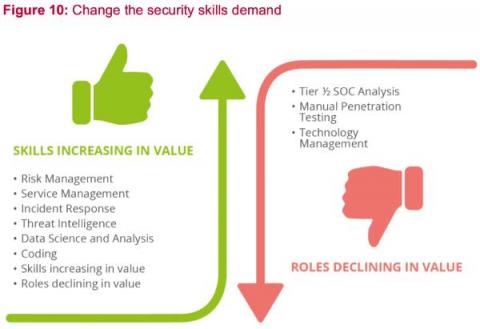Top In-Demand Cybersecurity Skills in the Upcoming Years
Hey there, We recently ran a series of webinars* on how different-sized cybersecurity teams modernized their security operations and embedded polling questions within the webinars to gather some feedback. A set of possible answers was selected based on the ENISA NIS Investments report. In this blog post I’d like to share the results of the polls and the conclusions we can draw from them.








